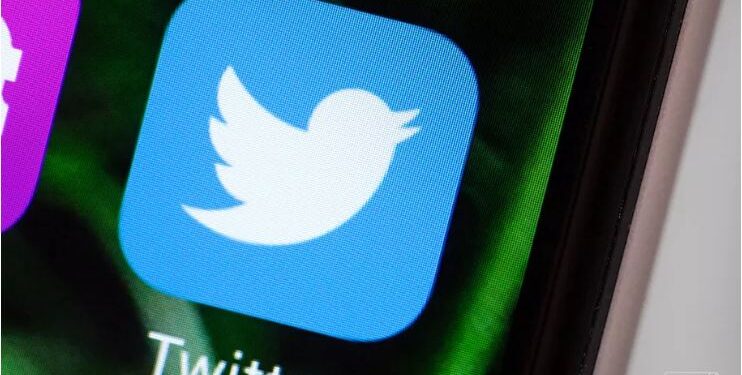How Do Twitter Accounts Get Shadowbanned
The most significant part of how the Shadowban Penalty gets activated, is your interaction with other accounts. Some of the most common ways people get caught in the Shadowban Penalty, are as follows:
Language Use: Using language that is aggressive, combative, confrontational, or demeaning to tweet or to reply to other users, especially BlueCheckMark accounts.
Identical Text: Using identical, or nearly identical language to reply to multiple other accounts in a short period of time.
Identical Images: Using an identical or nearly identical image to reply to other accounts in a short period of time.
Automation and Copy & Paste: Copy and pasting an identical or nearly identical reply to multiple other accounts in a short period of time.
Rapid Tweeting: Tweeting, replying, or creating a chain of connected tweets in a short period of time.
Following/Follower Ratio: Accounts with more followers will get away with a higher number aggressive tweets before getting Shadowbanned, accounts with less followers can trip up the Shadowban Penalty with far fewer aggressive tweets.
Low Trust Accounts: Accounts with fewer than 500 followers are the most likely to be affected by the Shadowban Penalty, 2-3 aggressive tweets are all it takes for those accounts to get Shadowbanned for 48 hours.
Engagements With Non-Followers: Having too many engagements with people that don’t follow you.
New Accounts: Accounts less than one year old are much more likely to trip up the Shadowban Penalty with any of the above offenses.
There are a couple small caveats to this. First, it’s only available on web Twitter right now. The Twitter Accessibility account confirmed in the replies to the above tweet that it’s coming to Android and iOS soon, but there’s no firm date for that yet. If you want to do this, you better open up that laptop.
Second, you can’t add text descriptions to GIFs or any other images without digging into the settings menu and flipping a switch. Go into the settings page on the Twitter website and, under “Accessibility,” you’ll find an option labeled “Compose image descriptions.” That’s off by default for some reason, so go ahead and turn it on.
This might not seem like a massive upgrade for Twitter, but that doesn’t make it less important. These descriptions can help people with vision impairment have a better time on Twitter, and it didn’t make much sense to relegate them strictly to still photos.
If Twitter plans to be as GIF-heavy as it’s been since adding GIF search, accessibility features like this are going to be necessary.
Twitter knows GIFs dominate the platform
ADVERTISEMENT







